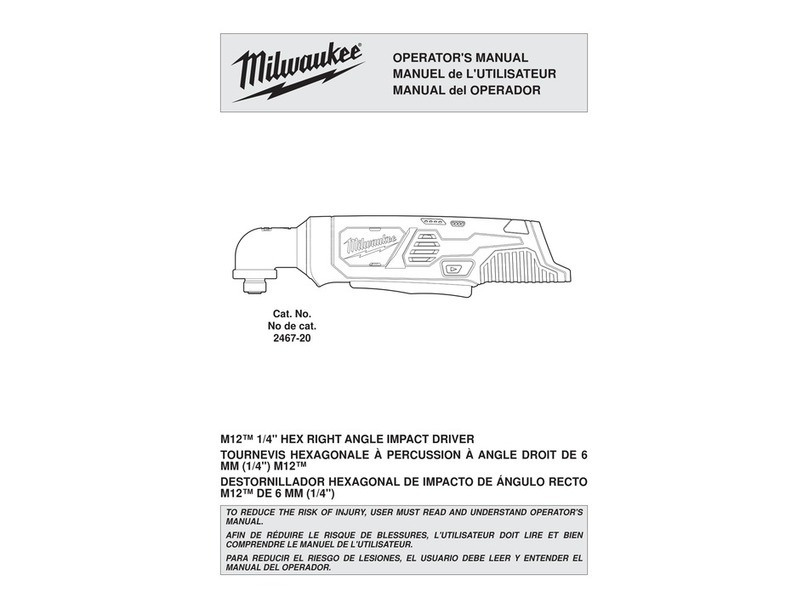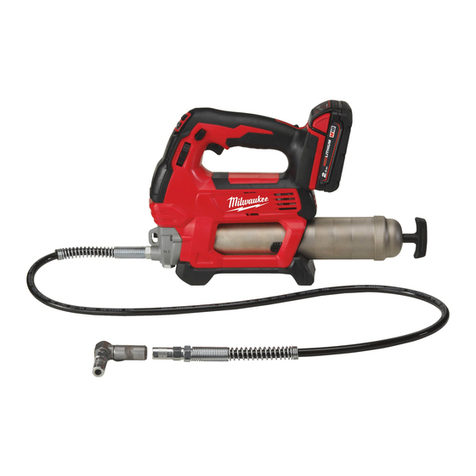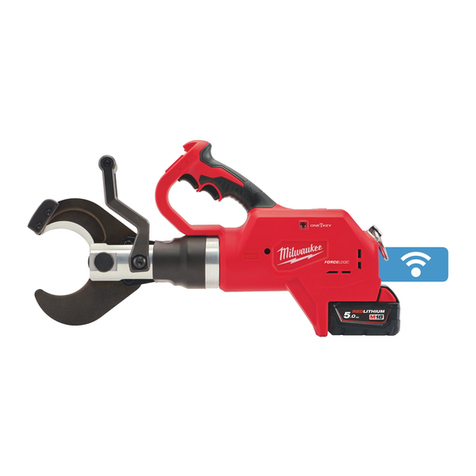Milwaukee M12 UDEL User manual
Other Milwaukee Tools manuals

Milwaukee
Milwaukee M18 FDDEL32 User manual

Milwaukee
Milwaukee M12 TRAPSNAKE 49-16-3574 User manual
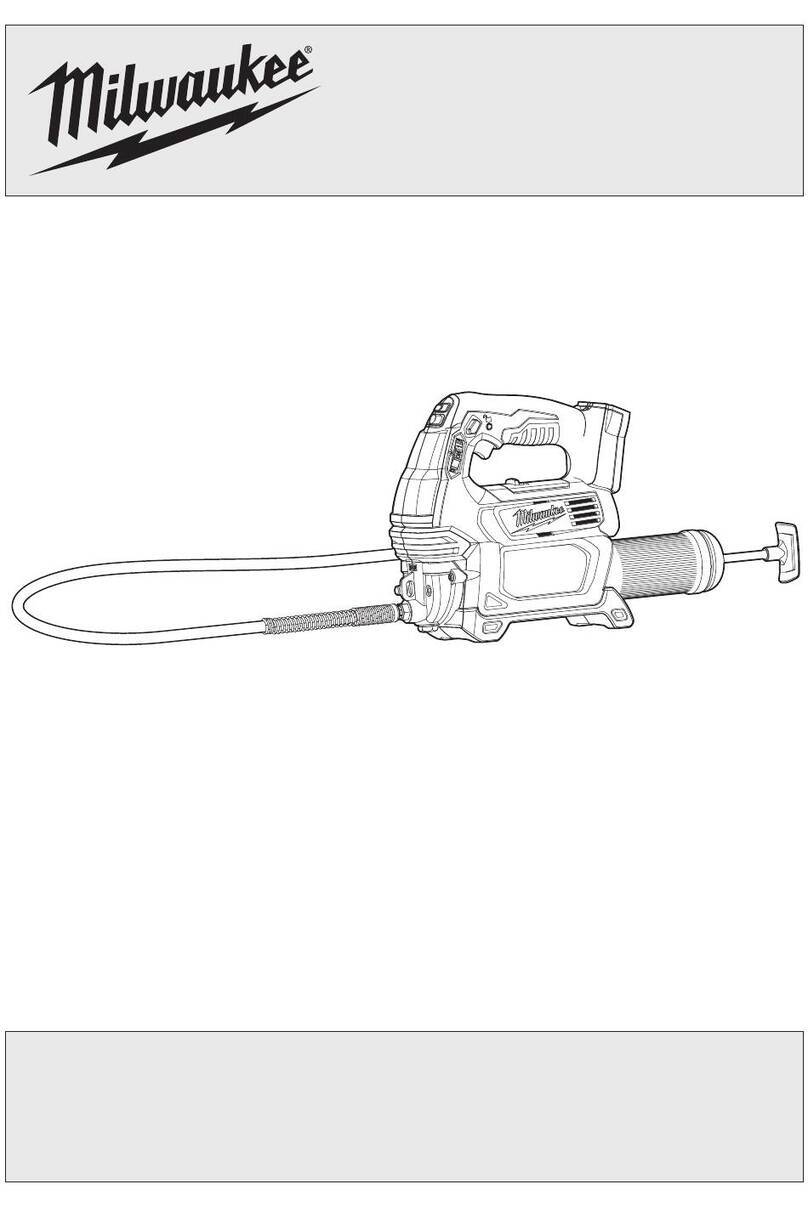
Milwaukee
Milwaukee M18 GG User manual

Milwaukee
Milwaukee C12 PC-0 User manual

Milwaukee
Milwaukee M18 FSX User manual
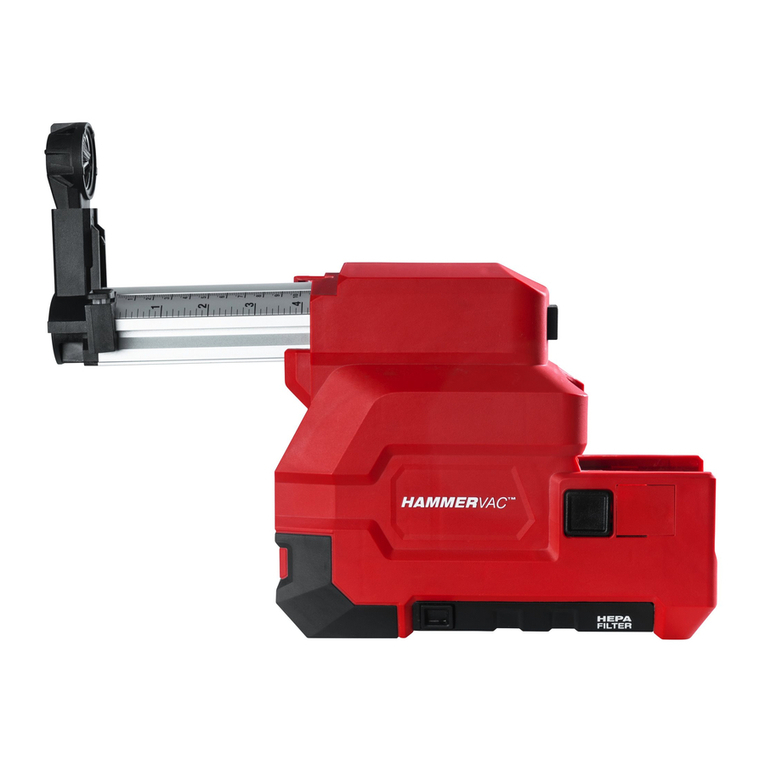
Milwaukee
Milwaukee M18 User manual
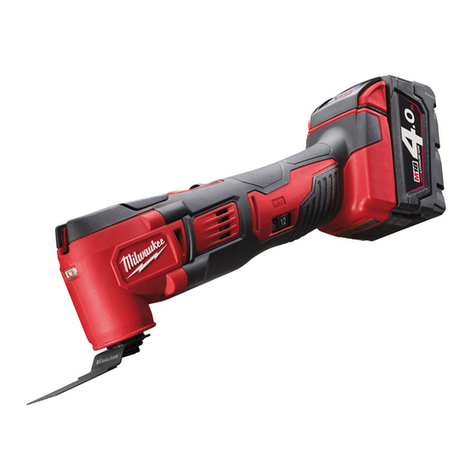
Milwaukee
Milwaukee M18 BMT User manual

Milwaukee
Milwaukee BSPE 110 X User manual
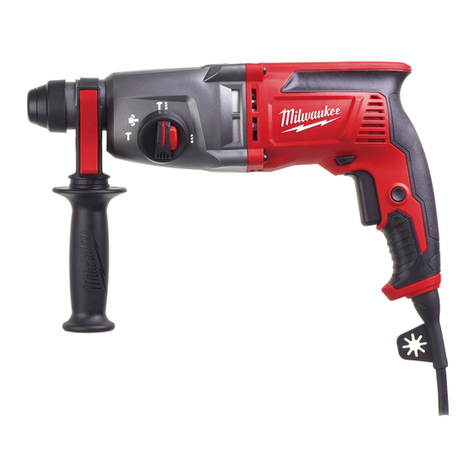
Milwaukee
Milwaukee PFH 26 User manual
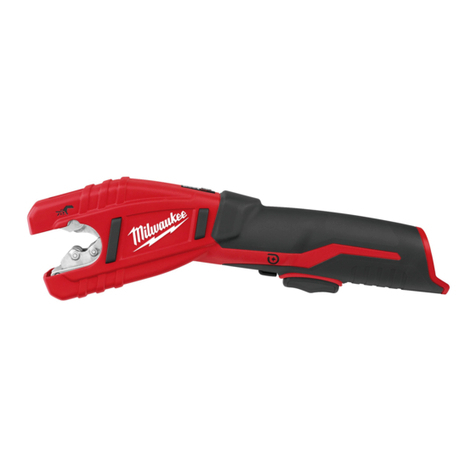
Milwaukee
Milwaukee C12 PC User manual
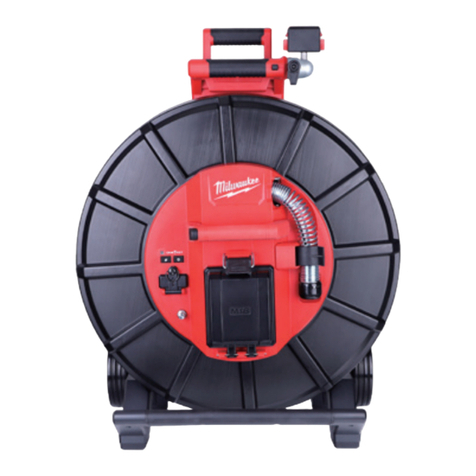
Milwaukee
Milwaukee M18 2970-20 User manual

Milwaukee
Milwaukee 5327-21 User manual
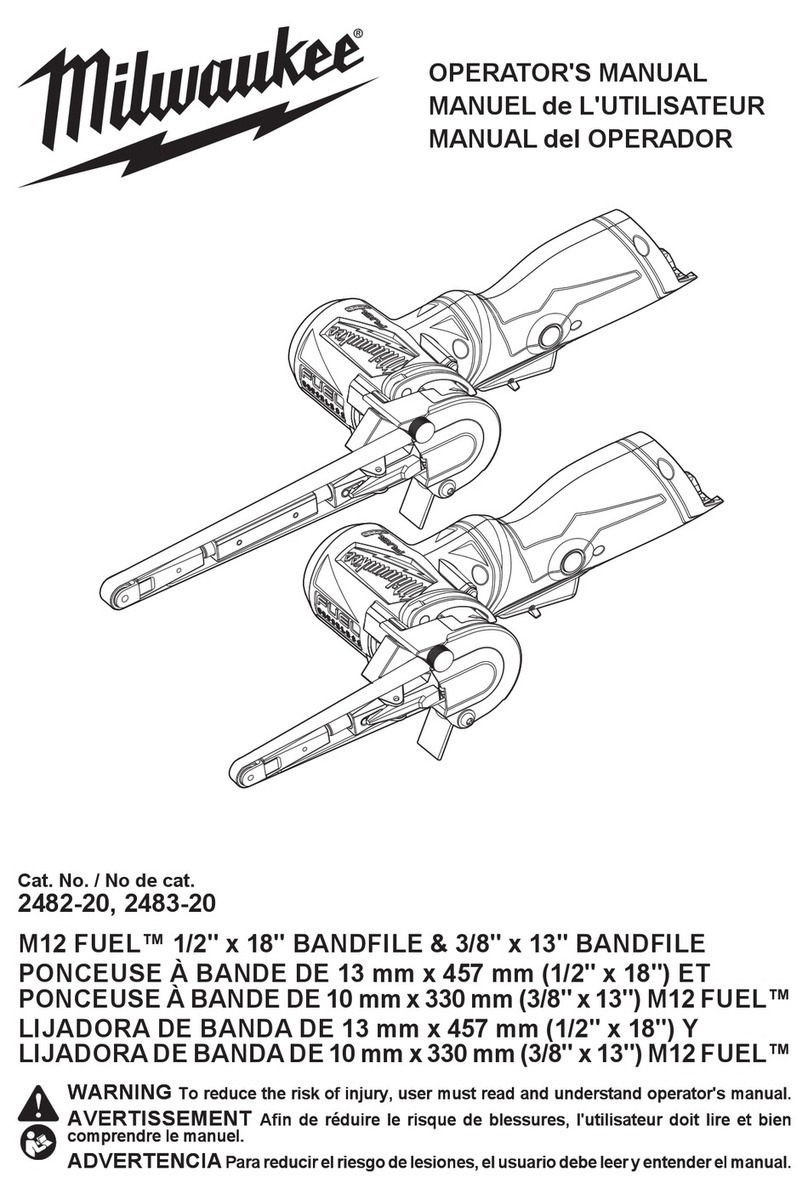
Milwaukee
Milwaukee M12 FUEL 2482-20 User manual
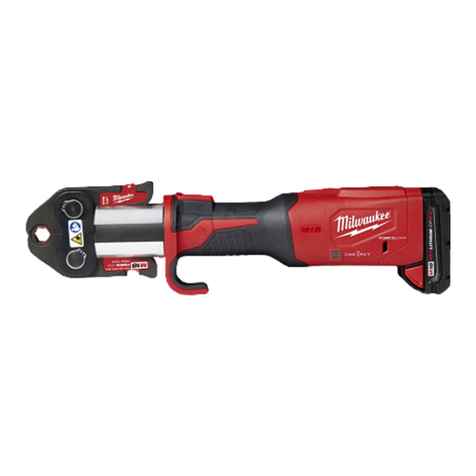
Milwaukee
Milwaukee M18 FORCE LOGIC 2922-20 User manual
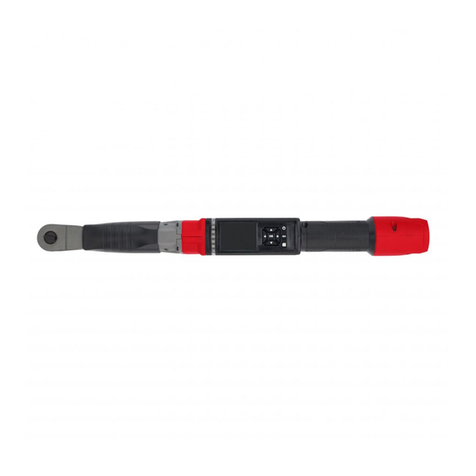
Milwaukee
Milwaukee M12 ONEFTR38 User manual

Milwaukee
Milwaukee HEAVY DUTY TRB 1 User manual

Milwaukee
Milwaukee M18 User manual

Milwaukee
Milwaukee M18 2676-20 User manual

Milwaukee
Milwaukee DR 250 TV User manual

Milwaukee
Milwaukee M12 2435-20 User manual
